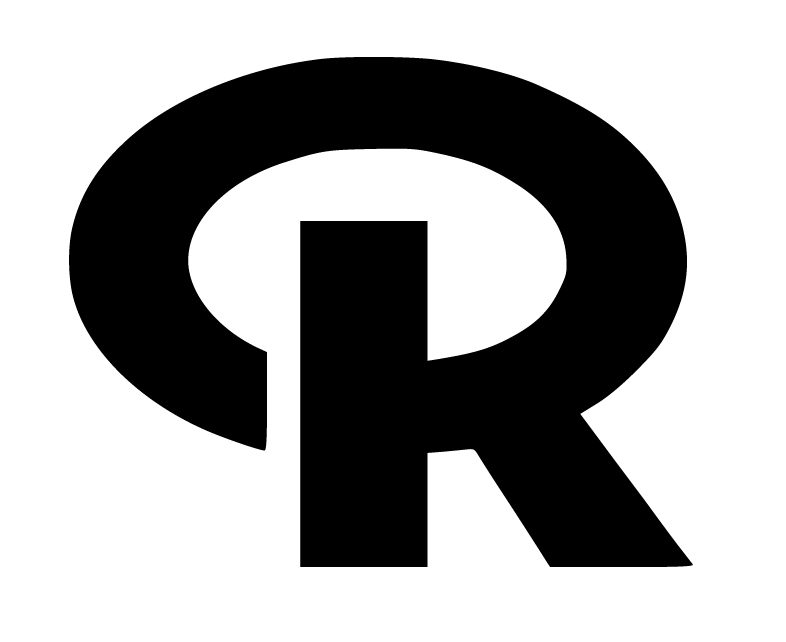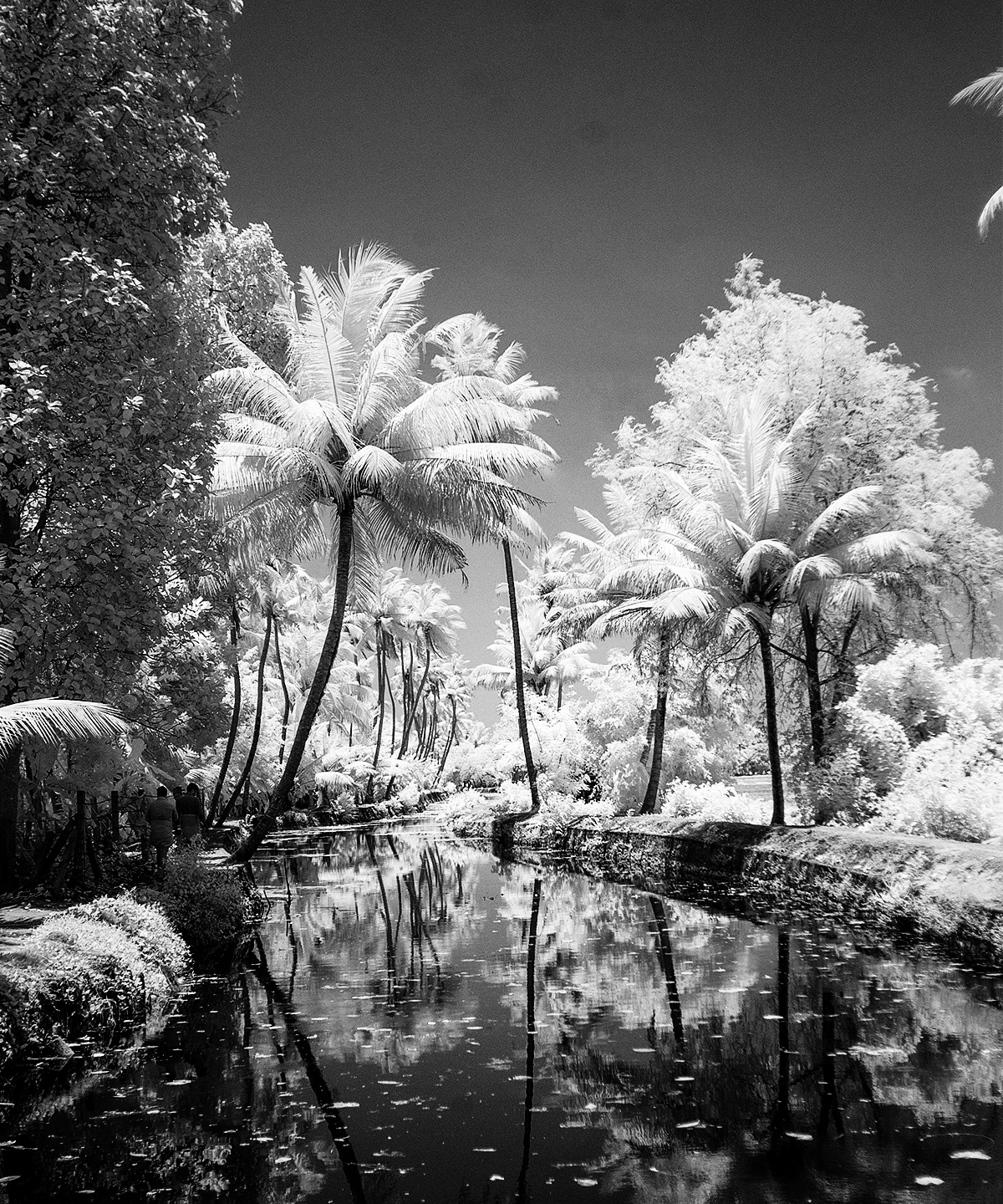Rollei Infrared is more than a film—it's a tool for capturing a world unseen by the human eye. With its sensitivity to the near-infrared spectrum, it opens up creative possibilities that lie between reality and dream. Whether surreal landscapes, luminous vegetation, or experimental portraits—this film creates a look that's radically different from the usual.
What makes infrared photography so special?
Infrared films react to light waves beyond the visible spectrum—especially the light strongly reflected by green foliage. This creates bright, almost white trees and plants, while the sky appears pitch-black. The contrast between light and dark is dramatically enhanced.

Features of the Rollei Infrared
-
Nominal sensitivity: ISO 400 (without filter)
-
IR sensitivity: up to approx. 820 nm
-
Grain: Fine to medium
-
Suitable for: 35 mm and roll film (120)
-
Carrier: classic, easy to process
How it works – 4 steps to an infrared image
1. The right filter: Only with an IR filter—e.g., a Hoya R72 or Rollei IR filter—can you block visible light and achieve the typical IR effect. Without a filter, the film remains a normal black and white film with good contrast.
2. Adjust exposure: The filter reduces the effective light sensitivity to ISO 6–12. This works best with exposure bracketing and a tripod. An external light meter is helpful.
3. Adjust the focus: IR light refracts differently than visible light. Many lenses have an infrared marking. Adjust the focus slightly manually.
4. Development: The Rollei Infrared can be processed flexibly:
-
Rodinal: high sharpness, hard contrasts
-
D-76 / ID-11: classic, balanced
-
Rollei Supergrain: modern fine grain solution with good tonal reproduction

For which subjects is the film suitable?
-
Landscapes: Especially in summer or in strong sunlight – the Wood effect is then most pronounced
-
Architecture: Dark sky highlights buildings in contrast
-
Portraits: For artistic effects – skin appears soft, eyes almost luminous
-
Street: For unusual perspectives in strong sunlight
What you should consider
-
IR photography only works optimally in daylight and direct sunlight
-
Store films in a cool, light-tight place – ideally in a changing bag
-
Exposure and development require practice – but are worth it
Conclusion
Rollei Infrared isn't a film for casual use. But those who get involved with it will discover a new dimension in black-and-white photography. Ideal for experimental projects, artistic series, and anyone who wants to see their subjects in a new light.



Share:
Rollei Ortho 25plus - The black and white film for purists